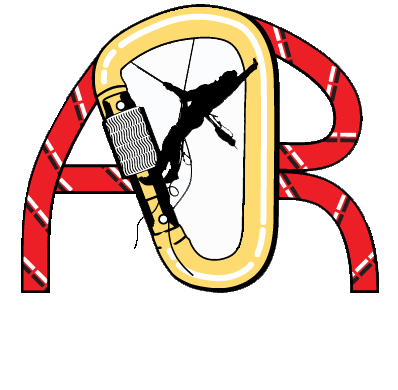Occasionally I am asked to conduct a course about teamwork and leadership. As an instructor, it’s sometimes easier to get your message across through activities rather than lecture. One of my go-to activities comes straight out of my daughter’s third grade classroom and involves the simple act of making a peanut butter and jelly sandwich (who doesn’t love a good PB&J?).
Each participant is provided with supplies and asked to write down the instructions for making a peanut butter and jelly sandwich. The instructions are then randomly distributed among all participants and they are asked to make a sammich following the instructions exactly. Seems easy enough that a third grader could do it, right?
Well, not exactly. Here’s an example of a set of instructions from the last time I conducted this activity:

Seems pretty straight forward and you should get a great sammich! I especially appreciate the direction to enjoy my creation at the end; it gives me something to look forward to.
By asking each participant to write the instructions I’m really asking them to provide their team with written work instruction. In our work it may be called an Access Plan, Work Plan, Job Plan or other such title, but it provides the team with a documented method for getting their work completed. This is an important element in making sure our job is well planned, organized and carried out properly. The instructions should be detailed and thorough enough to allow every team member to understand the following:
- What is our job?
- What tools do we need to complete our work?
- What are the basic job steps?
- What is the sequence of steps?
- Who is responsible for each step?
- Are there any hold points where we need outside help, or where we can check our work?
It is difficult to write thorough work instruction. I’ve stopped reading the manual when I buy something that requires assembly because the instructions are too confusing. Well, that’s my excuse anyway! The fact is, those instructions are written with the assumption that the person reading them has little experience assembling something similar. We all should take a closer look at these instructions. They provide a great example of what proper work instruction looks like.
As humans, we don’t think in terms of detail while going about our business. We use our experiences to help us take short cuts. And, we often communicate our instructions without thinking about the unique experiences of other team members. For instance, my recipe for biscuits lists the ingredients needed and “about” how much of each I’ll need. That’s it. No mixing, rolling, cutting or cooking. I’ve done it enough that I don’t need to be reminded of the technique, just get me in the ballpark. My wife wouldn’t be able to make biscuits following my recipe. She needs more instruction.
So, let’s follow the work instruction above and make the sammich that we are so thoroughly going to enjoy!

YUMMMMM!
This is less than what was intended by the author of the instructions. He’s made many of these sandwiches in the past and skipped some vital steps that would clarify his direction. You can’t blame him, really. He’s hit the high points, just missed the detail. This is common when giving instruction; we assume others have done the task before and are equally aware of the details.
Let’s turn our attention to the sandwich maker…
To be fair, most folks who have ever made a PB&J would follow these instructions and make a fine sandwich they would enjoy eating. In fact, the student who followed these instructions enjoyed his sandwich before I knew it had been made! We made it again, following the instructions exactly and, well, you see the results.
When we follow instructions, we need to act with the same deliberate actions as the author. Sometimes processes change, tools are upgraded or features added. These are all important issues we need to know about, but won’t if we don’t read and understand the instructions fully.
When following the instructions, the maker should have stopped and asked for more information if “something didn’t seem right”. For instance, am I supposed to use a plate, or should I just make it on the table? Or, I’m sure I should only put PB on one side of a piece of bread. Why a knife for Peanut Butter and a spoon for Jelly?
So, what does this all have to do with rope access, anyway? There are a few key points to take away:
- Always write your work plans with the least skilled worker in mind.
- Review your work plan with the team to ensure they understand their role and the role of others.
- Have each team member tell you their responsibilities. This will ensure their understanding.
- Always read the manufacturer’s instructions for the tools you’ll be using and include these in your plan.
- Always ask questions if you’re unsure!
- Review the progress of the work often. This will help you stay on course.
- Use the course corrections as guidance for the next time you have a similar scope.
Thanks for reading.
I hope this article reminds you of the importance of good communication!
Be Safe!
Dwayne

